During WWI and WWII, the economy was hurting and many Americans struggled to survive. Victory gardens grown in most backyards provided extra food for the family, giving them the nutrition they needed without great expense.
You could even grow a front yard victory garden if you’re short on space!
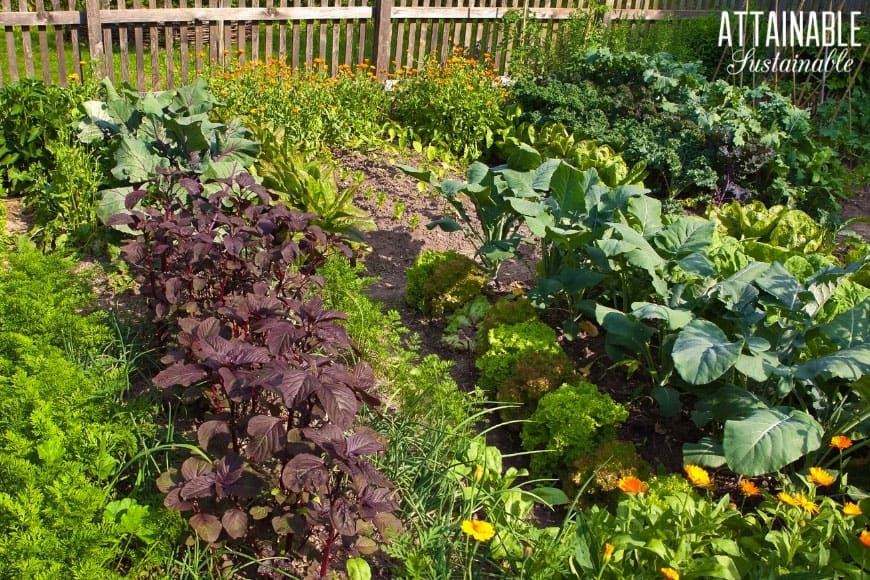
7 reasons to bring back victory gardens
With a questionable economy and potentially interrupted food supplies laid out before us, a lot of people are considering their options for feeding their families. The idea of victory gardens — and potentially harvesting a lot of food from our backyards or balconies — is appealing to people for a variety of reasons, especially now. Your garden doesn’t have to take up acres of space. I like to plant food in lots of different places, so while I have some out in “the garden” I also have hanging baskets with lettuce, tower gardens like the one below as well as a homemade one, and other edibles tucked into shrubby borders.
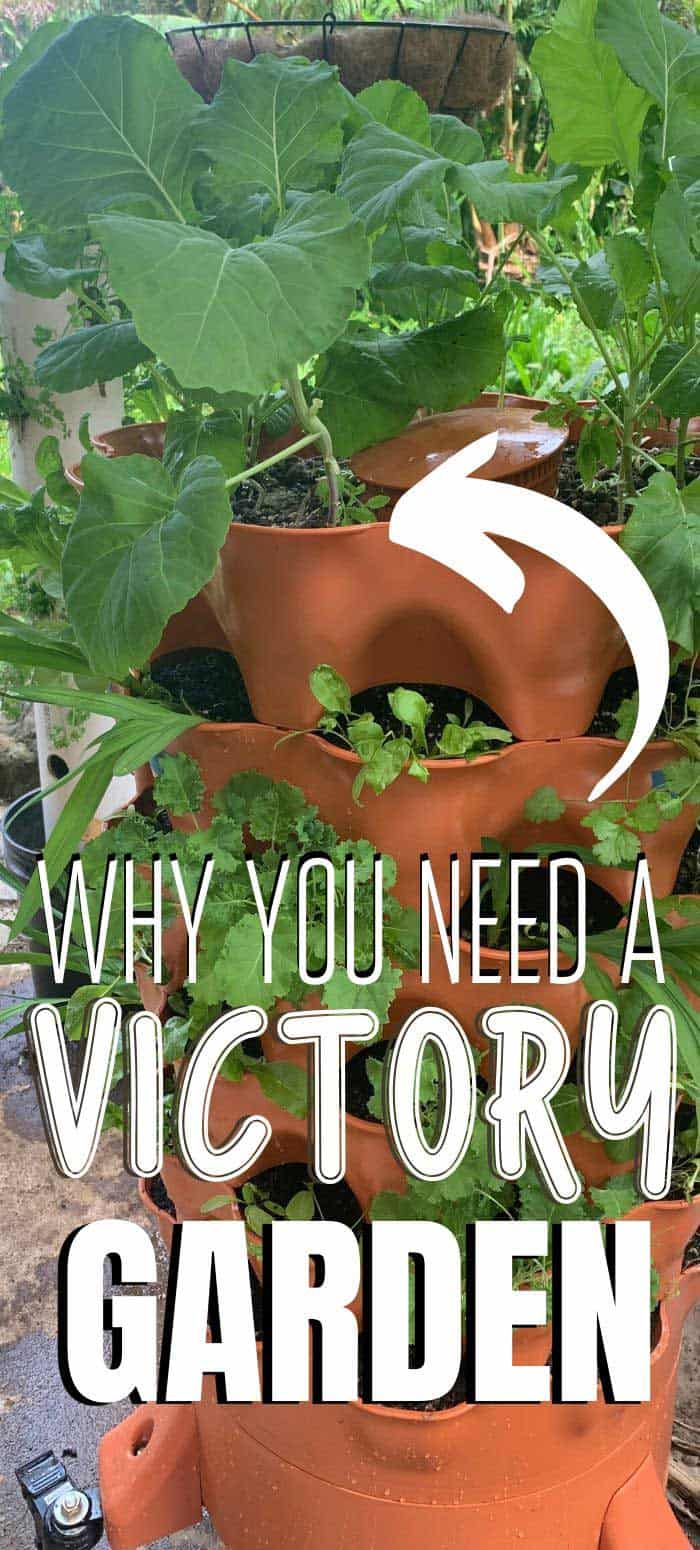
1. Victory gardens can be started for pennies.
Seeds and soil cost just pennies and are really all you need to get a garden growing. Victory gardens don’t need to be fancy. Even just a handful of plants that you know you will use can cut your grocery bill. Tomatoes, peppers, and herbs are all a great choice. These veggies and herbs will produce food throughout the growing season and all can be grown either in the ground or in containers on a sunny patio. If you’ve got enough space, be sure to consider planting some starchy, calorie dense crops like potatoes or winter squash.
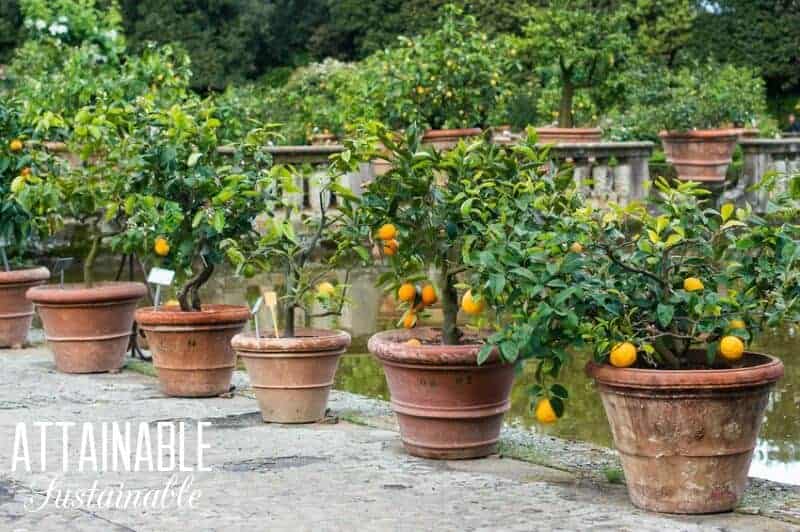
Grow Some Greens!
Ready to grow fresh greens, no matter WHERE you live? Sign up for my
FREE quick-start guide and start growing some of your own food!
2. Even the smallest of spaces can produce food
If you live in a small space or even an apartment, you can still grow valuable produce. Opt for crops that produce food over a long period of time. Swiss chard is one of the plants I recommend new gardeners start with. It’s easy to grow, does great in containers, and you can harvest leaves all season long.
When you’re short on space you’ll want to make the most of it by getting creative. Use the vertical space you have to grow tomatoes in an upside down hanging basket. Flower pots and other containers can be used to plant tomatoes and peppers, and even soup cans can be used to grow herbs. Hanging baskets work well to grow lettuce, and windowsill gardens are great for growing microgreens and bean sprouts.
3. You can preserve produce for all year use.
Your victory garden can help feed you all year long. Whatever produce you can’t consume right away can be canned, dried, or even frozen. Using these methods allows you to preserve food for months to come. There’s nothing like a pantry full of preserved food that you produced right in your backyard. And talk about reducing the grocery budget! You can often pick up canning jars at garage sales, so your only expense is the lids and rings. And of course the cost of the garden seeds!
Even when there is snow on the ground, your victory garden will still be feeding you.
4. Herbs are expensive when purchased fresh.
Have you noticed pricey fresh herbs are? You can grow your own for just pennies, and use them in salads, marinades, seasonings, or even preserve them with dehydration. Herbs are great for containers on the patio, where it’s easy to simply snip off what you need. Some even make great landscape plants. Rosemary is a perennial bush that withstands dry conditions happily; creeping thyme is a great (and flavorful!) ground cover.
5. The garden provides exercise and community.
Victory gardens — no matter the size — provide a place for the family to be together and work together. You will get plenty of fresh air, exercise, and peace and quiet right in your little garden. Gaining an understanding of where our food comes from is a bonus. And who knows? You might end up instilling a serious love of gardening in your kids — or discover that you love it yourself! There’s just something about having your hands in the soil.
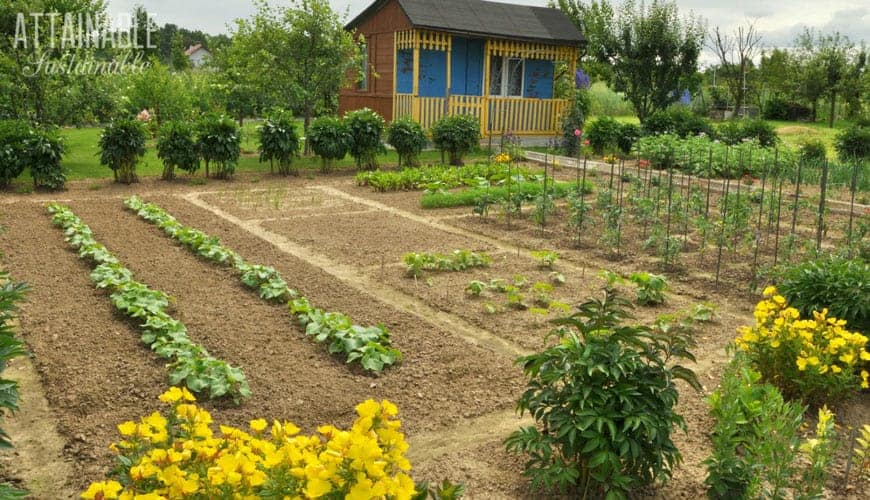
6. You can supplement your meals for pennies.
Just one tomato plant can grow anywhere from 10-15 pounds in tomatoes – or more! Growing your victory garden is a great way to supplement your meals via side dishes and salads. If you opt to do a meatless dinner one or two nights a week, your garden can help deliver what you need.
7. A garden will help you appreciate what you have.
When you take the time to nurture something and help it grow, you tend to appreciate it more. Victory gardens can help you focus on what matters and appreciate the things you have worked so hard to achieve.
More on victory gardens and growing food
Christina Le Beau shared this years ago, about her experiences with vegetable gardening.
I’ve gardened for years, but always flowers, never fruits or vegetables. We’ve had token edibles — containers of tomatoes and herbs, squash sprouting from the compost bin — but no proper vegetable patch. Not that I haven’t wanted to plant one. I just… haven’t.
With our CSA, several farmers’ markets, and lots of u-picking to keep us seasonally sated, it just wasn’t a priority. But, as happens around here, my daughter had other ideas. For her 7th birthday in December, we’d given her Lanie, the tree-hugging, butterfly-loving, camping-happy American Girl doll that Tess had decided was her vinyl doppelganger. Soon after, we read the Lanie books, and before March was over, Tess (and Lanie) had spent hours plotting a tiny stone-bordered garden and building a compost pile.
Never mind that both were dismantled for other projects. The proverbial seed had been planted.

Victory gardens on her mind
As spring brought rain and mud, Tess scrounged some old pole-bean and lettuce seeds (that we never got around to planting last year) and potted them up. Wouldn’t you know it? The things flourished.
Next came the books showing bean teepees, which got my husband the engineer involved. Then the farmers’ markets opened. Tess wanted one tomato plant, then another, then more lettuce starts and some pepper and watermelon seedlings.
I kept buying herb plants everywhere I went. And, well, a garden was born. We built a lasagna bed, setting newspaper upon newspaper (upon newspaper), soaking each layer as the wind caught corners and sent us chasing escapee sheets. Tess thought the whole thing was hilarious.
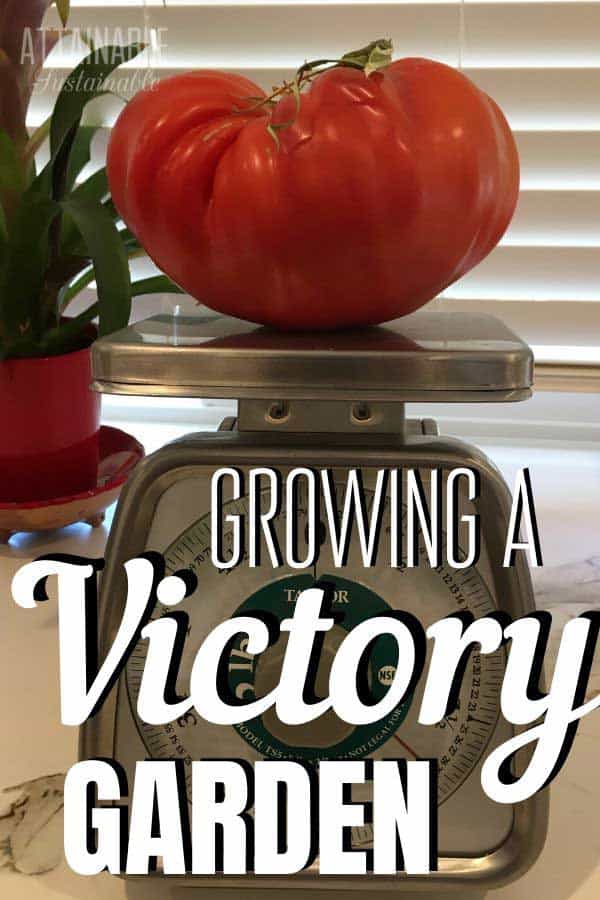
Piling on compost
Then came peat moss (the sustainable kind!), straw and several years’ worth of compost. Compost that had accumulated and cooked and sat for years, some in our bin, but most of it in large plastic trash cans where we’d shoveled each year’s harvest. Compost created from every scrap of kitchen and yard waste we’ve ever had. It’s a powerful thing to see that transformation, and more powerful yet to see it nourish a garden.
We planted the bed over the long, hot Fourth of July weekend. A late start. But the fact that it got planted at all was a victory. And within weeks the compost had done its thing. Tomato plants strained the cages, lettuces leafed out, herbs tumbled. The scents and textures of food at its essence.
Success!
And now, in the early fall, as tomatoes and sweet peppers continue to turn from green to red, as beans show their purple stripes, late seems relative, bounty delayed rather than denied. Rows planted. Walkways smoothed and mulched. Herb containers filled. Tomato cages set. (Why, yes, two of those cages are pink.)
Before long, it looked the part. And in the center: the bean teepee built from fallen branches. A second life amid all the new life in this garden. The watermelon plants are long gone, eaten by some critter while we were on vacation. Some lettuces grew leggy and tart. The garden has grown wild in a Seussian way.
But Tess cares only that she can weave through the foliage, pluck a tomato, a bean from her little victory garden, and call it her own.
Originally published in April 2014, this post has been updated.

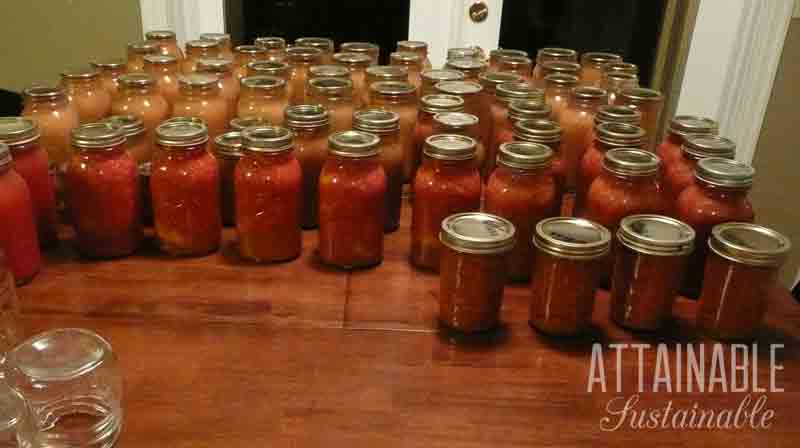
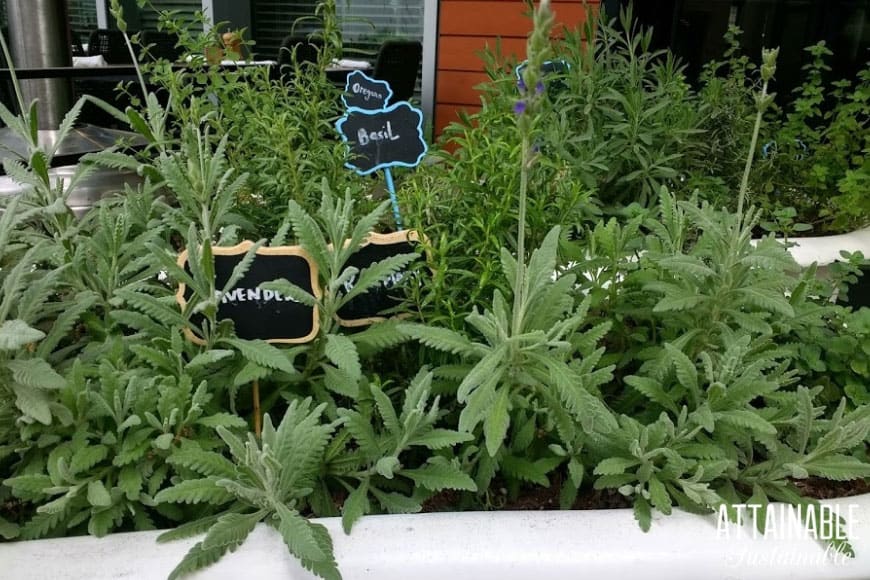
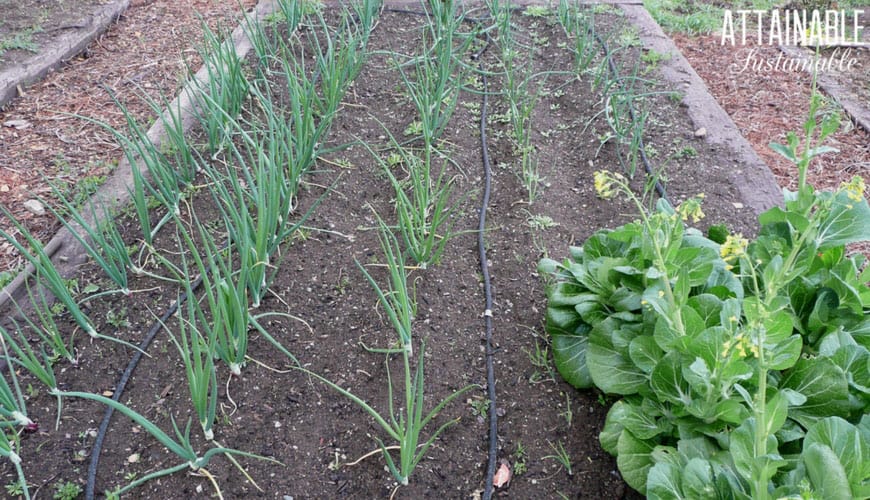

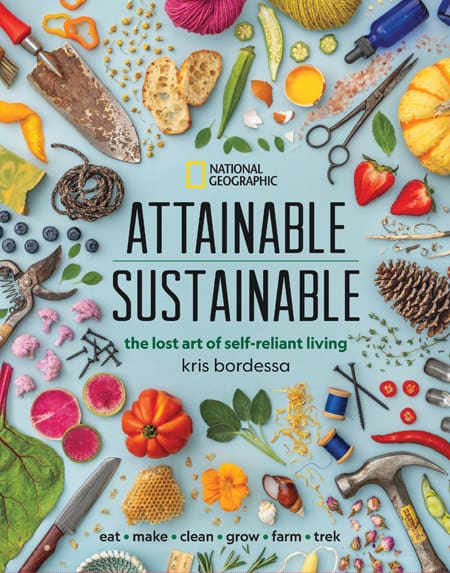
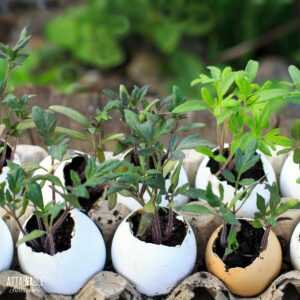
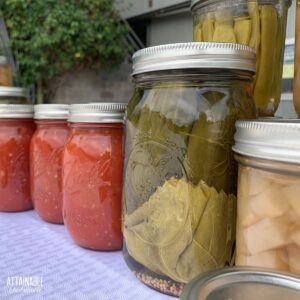

Thank you so much for this article. I am planning a presentation about Eleanor Roosevelt and the Victory Garden then and now. May I have permission to quote your article. I would love to speak with you further about a book I am writing.
Feel free to contact me (see contact page).